Equipped with the latest technology and hi-tech machinery, Lumax Cornaglia is all set to offer new-age moulding solutions from its Chakan facility to OEMs, writes Prajakta Chavan Rane.
With a diversified range, reliable, customised emissions solutions meeting global benchmarks and capability to handle mass as well as niche volume production supply, Lumax Cornaglia Auto Technologies Pvt. Ltd. (LCAT) at its new state-of-art-manufacturing facility at Chakan in Pune has more to offer to Indian Automotive Original Equipment Manufacturers (OEMs). Designed to be a one-stop-solution for the complete vehicle emission products, the new plant houses globally acclaimed hi-tech machinery namely Injection moulding, 2D Blow moulding, suction moulding, Roto moulding, 3D blow moulding, and paper pleating lines, with robot-driven automation under one roof. Spread over 2.5 lakh sq. ft., the new manufacturing plant comprises approximately 1.32 lakh sq. ft. as the foundation of a 20,500 sq. ft. office comprising a mezzanine building (G+2) and a workshop/utility premise of about 9500 sq. ft.
The humongous architecture with heavy machinery in each section is divided into two major subdivisions: the Rotational Moulding Division and the Moulding and Air Intake System (AIS) Division. These sections are further segregated into many sub-sections: storage, feeding system, inward duct, dispatch duct, assembly lines, etc. “This plant is constructed to handle exponential future growth. Our expand ability has increased multiple times. Post-Covid-19, the automotive sector has grown substantially. Now it is time to handle the next level of growth, With this infrastructure, we are prepared for the next level of growth and confident of catering to that level of market demand,” stated Vikas Marwah, Chief Executive Officer, Lumax Auto Technologies.
The two sub-divisions have different material entry, separate storage systems and dispatch areas within the facility. “From an infrastructure point of view, Rotational Division is entirely independent. This is a plant within a plant concept only our IT section is common,” informed Marwah.
Rotational moulding technology
Deployed globally by Cornaglia, Roto Moulding technology is used for manufacturing huge hallow parts like tanks, cabin covers, door panels, and many more. The huge octagonal four-arm machine is known to be manufactured by the German company, Reinhardt and is claimed to have been localised in India.
Roto-moulding as a technology is used by Cornaglia in Italy and other parts of the World. “One could manufacture large water tanks, shells, it is used in the other industries as well. Lumax being 100 per cent automotive focused business, we will be using this to manufacture fuel and urea tanks, and even other hallow automotive parts like cabin cover, door panels and so on,” Marwah said.
Roto moulding as technology offers more customised and low-volume niche products. At present, LCAT manufactures plastic fuel tanks for light to heavy-duty commercial vehicles using the technology. “Plastic fuel tank is made through two processes of which injection moulding process is used for passenger vehicles.
For commercial vehicles it is made in differing dimensions, shapes, and combinations using roto moulding technology,” he explained. LCAT is planning further to offer a combined urea and plastic fuel tank using roto moulding technology. “This JV is working closely with the OEM to contribute to the geometry of the vehicle, by combining both these tanks thus freeing up the space and contributing to the lightweighting of the vehicle further,” added Marwah. This is expected to reduce the fuel tank weight by 20 per cent.
Besides, the advanced plastic used here is highly recyclable and durable, it is not corrosive. “In the future when the mandate changes to alternate fuels, like hydrogen, plastic roto-moulded fuel tanks can integrate better with all kinds of alternate fuels. Moreover, the advanced polymer material that we use has huge resilience from the strength point of view. Global OEMs have been using it for a long time. India deployment is happening now,” he stated.
Use cases of roto moulded fuel tanks
Rotational Moulding as a technology can be used for two-wheeler fuel tanks also. Besides, Roto moulding as an application has huge potential in off-highway and agricultural vehicles. “Globally, 50 per cent of Cornaglia revenue comes from the off-highway and agricultural roto moulded fuel tanks. Roto moulded as an application can be used in this segment as well and if you consider, the tractor population in the country today is huge. This could be the focus area as these vehicles are not into the alternate fuel presently. Besides, the extent of electrification happening in this segment would be later so there is a huge scope for this technology in the tractor and off-highway vehicles,” opined Marwah.
LCAT also offers various combinations and shapes of fuel and urea tanks, using the roto moulding technology. “Traditional fuel tanks are rectangular and thus provide very little free space, but using this technology we could manufacture various shapes of fuel tanks with combined urea tanks or attached to them. Depending on the customer’s requirement we could also offer a customised, cost-effective, lightweight, and durable solution,” Marwah averred.
Other than commercial vehicles the LCAT aims to supply fuel tanks and exterior products to off-road vehicles like tractors, and excavators. “Currently, we provide fuel tanks only to commercial vehicles including both light and heavy duty. Gradually we are also prepared to cater to off-road vehicle segments like tractors, excavators, and other construction vehicles,” he mentioned. Equipped to manufacture the tractor and off-highway vehicle fuel tanks, LCAT is now planning to enter the rapidly booming segment. The leading manufacturer of plastic automotive components in the country is prepared to even increase the number of machines, depending on the demand from the sector. “We have kept 30 per cent of space reserved for future expansion. Currently, we have one machine, depending on the business demand we can add up to two more machines,” exclaimed Marwah.
Moulding and Air Intake System (AIS) Division
The Moulding and AIS division is intermingled and interdependent there is a separate in-warding, manufacturing, and dispatch section. Single-piece flow is maintained across the assembly area. “These machines produce child parts and feed the assembly lines to make the finished products ahead of dispatch. It is thoroughly operated in an organised manner while maintaining the highest level of proficiency at each step. “The spectrum of polymer conversion technology that we have under one roof is unique in this country,” claimed Marwah. The 2D blow moulding machine is predominantly used for urea tank manufacturing and degassing tanks. While 3D blow and injection moulding are for Air Intake System (AIS).
The air intake system in a vehicle is responsible for bringing air into the engine for combustion. It usually consists of an air filter, mass airflow sensor, throttle body, and intake manifold. The air filter removes any impurities from the air before it enters the engine, while the mass airflow sensor measures the amount of air coming in. The throttle body controls the airflow, and the intake manifold distributes the air to the cylinders for combustion. A well-maintained air intake system is important for optimal engine performance and fuel efficiency.
This division manufactures complete AIS including parts like filter elements, and cartridges. While 3D Blow moulding division manufactures intake ducts and air cooler ducts.
Sustainable manufacturing
The 2.5 lakh sq. ft. facility is covered with solar roof panels which cater to 52 per cent of the power supply needs of the plant. Moreover, LCAT plans to increase the power supply from solar panels to 100 per cent over three-to-four years. Similarly, the plant has a rain-harvesting facility and huge water tanks for recycling the water. “Roto moulded parts are air-cooled so they don’t need water. It is only in the 2D and 3D Blow technology predominantly water is used to cool the moulds. Water is circulated in the moulds to keep it at a certain temperature. All these water requirements are minimised with the rain harvesting system. Besides, we also use recycled water to minimise fresh water usage,” said Marwah.
Catering to EVs and alternative fuel vehicles
Looking forward to the evolving challenges and opportunities in the sustainable automotive sector, LCAT is well equipped and prepared way ahead of time to offer its products to EVs and alternate fuel vehicle OEMs. “ The basic concept of the AIS remains the same only filtration media changes in the case of hydrogen vehicles. So along with EVs, we are ready to offer our products to all kinds of alternate fuel engines whether it is CNG, LNG, or hydrogen. Related to EV we are into de-gas bottles, we have technology and machinery which can make tubes of different shapes through our suction moulding technology. Therefore, we are equipped to cater to EV makers, and predominantly we will be catering to the thermal management side of EVs. We would like to be a system player rather than focusing on individual products across the vehicle groups,” Marwah stated.
LCAT expects 2027 to be the milestone year when the road map for the quantum of EV penetration will be clear in the country. Instead, of being an individual products manufacturer, the giant establishment ‘LCAT’ is looking forward to being a system player by offering a thermal management system to the EV mobility sector. After all, the thermal management system plays a critical role in EVs. It is responsible for keeping the electric motor, the power electronics, and the battery at the appropriate temperature while ensuring passenger comfort in the cabin. A failure of thermal management will result in the demagnetisation of magnets, ageing of the insulation materials, decreasing efficiency, shorter lifetime, and even burnout of electric motors. Also, an efficient thermal management system helps to increase the longevity of the battery cells but is also a major safety feature to prevent thermal runaway. The overall thermal management system comprises various thermal circuits, which need actuators like the electric compressor, coolant pumps and fan motors, valves, and flaps.
Fully-equipped Research and Development (R&D) Department
Well-equipped spanning 7,000 sq. ft. in-house Research & Development (R&D) laboratory on the first floor of the plant houses the complete product development processes right from designing to testing and validation. “Working independently with the local ecosystem in India we have full testing capability and validation processes taking place under one roof. This plant would offer a complete ecosystem right from engineering, to designing, tooling, and validation to the OEMs in India and globally under one roof,” Marwah said.
Inclusive shopfloor
The facility has about 200 staff working in two shifts, and LCAT aims to increase the women workforce by over 50 per cent in the next two to three years. Currently, about 17 to 18 per cent of staff is women. “I have asked to increase the women workforce to 50 per cent, we are currently working in two shifts so the time should not be the issue. Besides, we also provide transport facility to our employees from their place to the plant. Presently, we have women workers working in the day shift,” concluded Marwah. ACI



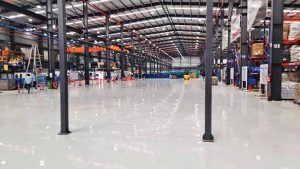
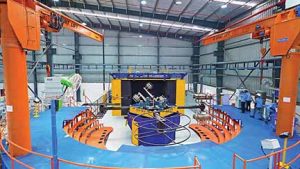
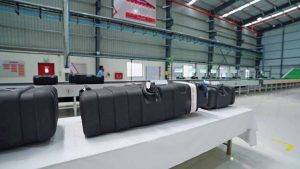
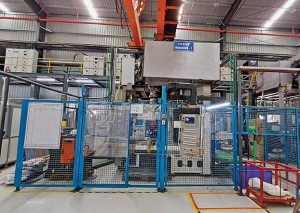


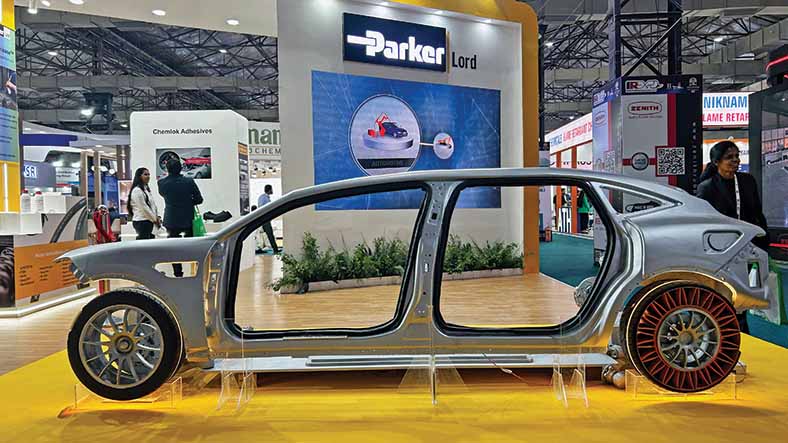


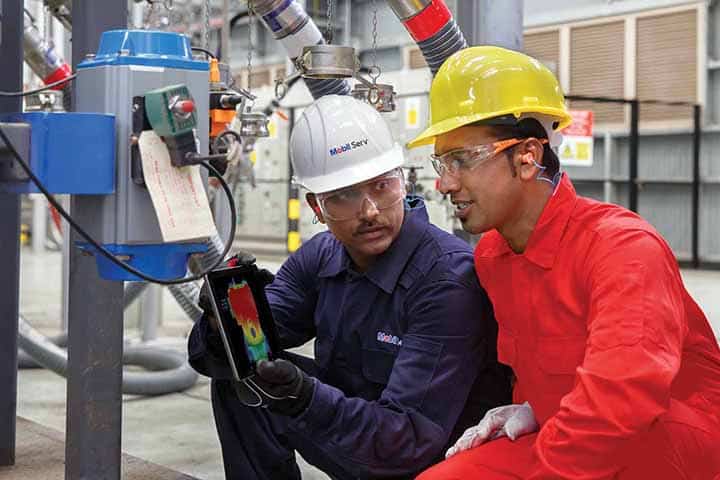
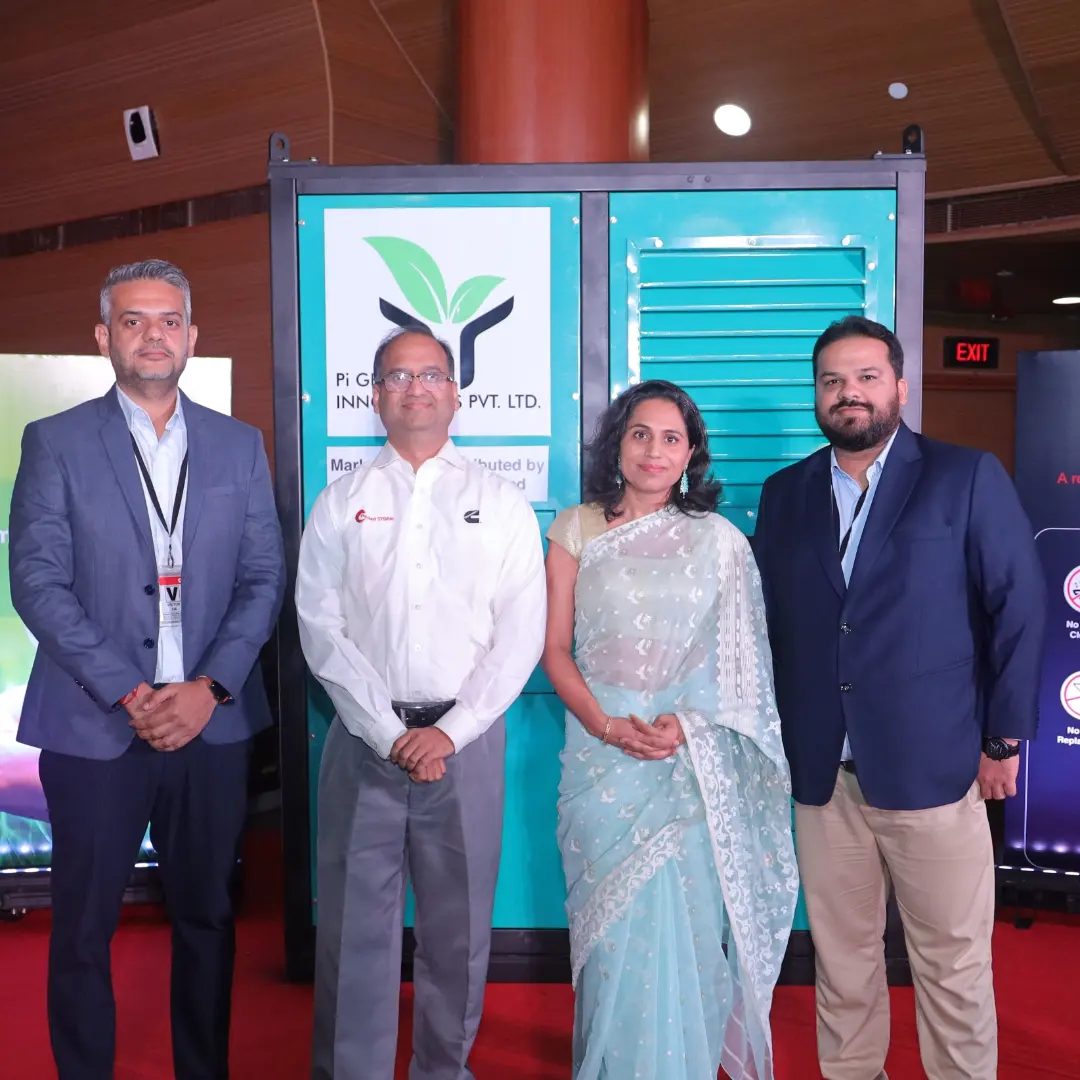



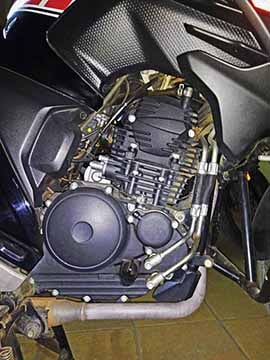



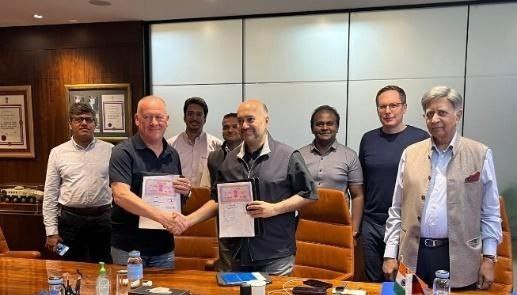
Leave a Reply